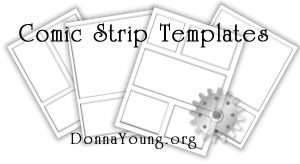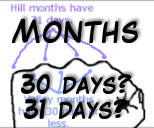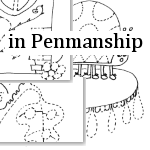Lie or Lay
The words lie and lay can be very confusing. There are a few things to remember about these two words that will help.
To lie means to rest.
To lay means to place or to put [an object]
The forms of lay require a direct object.
That means when a form of to lay is used, something ... an
object, must be in the sentence receiving the action of lay.
The presence of the object is a big clue. NOTE: Do not confuse a direct
object with an object of the preposition.
Past Tense Examples:
Emily laid the vase
on the table. Emily placed the vase on a table.
Vase is the
direct object. Laid
is the past tense of lay. On
the table is a prepositional phrase.
Emily lay on
the couch. >> There is no direct object
in this sentence. Emily is resting on the couch.
(on the couch is a prepositional phrase, making couch the
object of the preposition.)
Lay is the
past tense of lie.
Present Participle Example:
The truck was lying on its side. >> There is no direct object in this sentence. The truck is resting; it is not placing. You would not say the truck was laying on its side. Lying is the present participle tense of lie.
| Present | Present Participle | Past | Past Participle |
| lie(s) | lying | lay | (have) lain |
| lay(s) | laying | laid | (have) laid |
Hello Visitor!
I am currently working on this website to add to its ginormousness. Thank you for visiting, and please subscribe yearly to access my many printable files! Donna Young
May 13, 2021

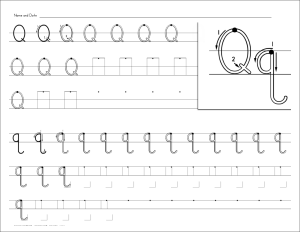 Handwriting practice worksheets in a font style that is similar to handwriting w/o tears.
Handwriting practice worksheets in a font style that is similar to handwriting w/o tears.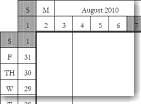 While getting the site-cd updated I noticed the super-nifty "Surrounded by a Calendar" row planners
While getting the site-cd updated I noticed the super-nifty "Surrounded by a Calendar" row planners